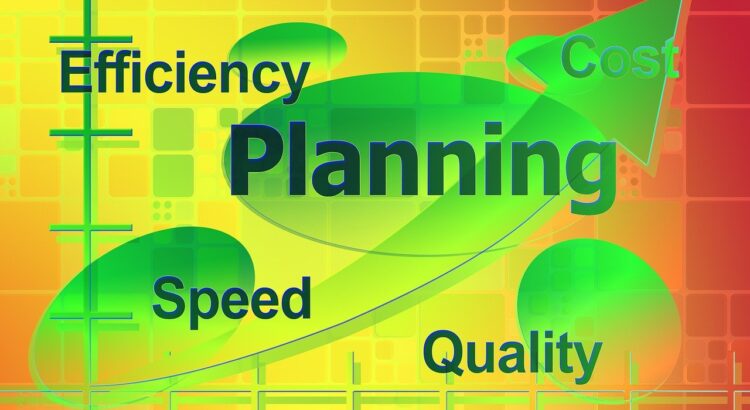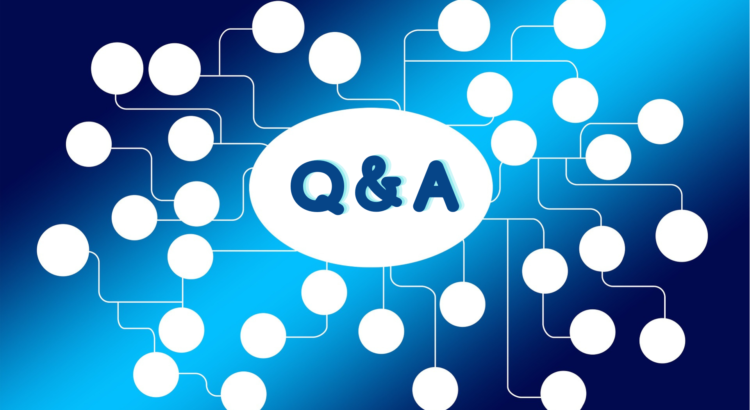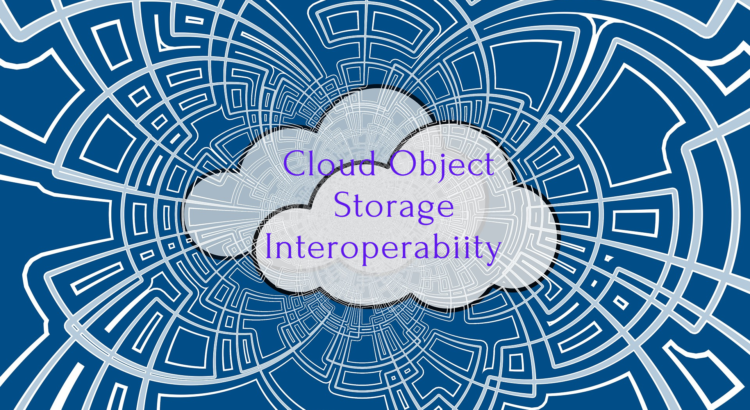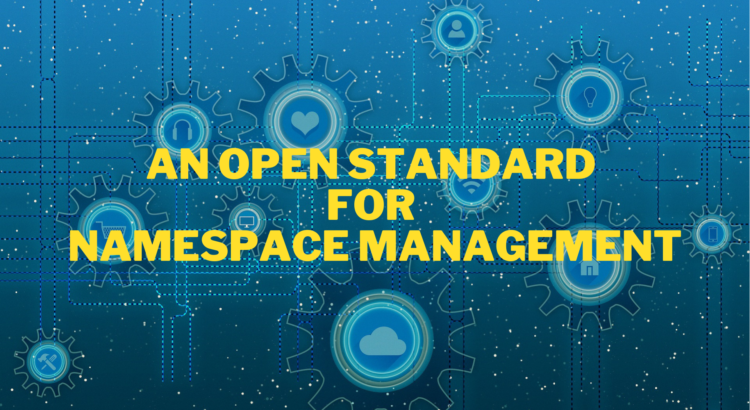
Power Efficiency Measurement – Our Experts Make It Clear – Part 2
Measuring power efficiency in datacenter storage is a complex endeavor. A number of factors play a role in assessing individual storage devices or system-level logical storage for power efficiency. Luckily, our SNIA experts make the measuring easier!
In this SNIA Experts on Data blog series, our experts in the SNIA Solid State Storage Technical Work Group and the SNIA Green Storage Initiative explore factors to consider in power efficiency measurement, including the nature of application workloads, IO streams, and access patterns; the choice of storage products (SSDs, HDDs, cloud storage, and more); the impact of hardware and software components (host bus adapters, drivers, OS layers); and access to read and write caches, CPU and GPU usage, and DRAM utilization.
Join us on our journey to better power efficiency as we continue with Part 2: Impact of Workloads on Power Efficiency Measurement. And if you missed Part 1: Key Issues in Power Efficiency Measurement, you can find it here. Bookmark this blog and check back in March and April for the continuation of our four-part series. And explore the topic further in the SNIA Green Storage Knowledge Center.
Part 2: Impact of Workloads on Power Efficiency Measurement Read More








 ),
),